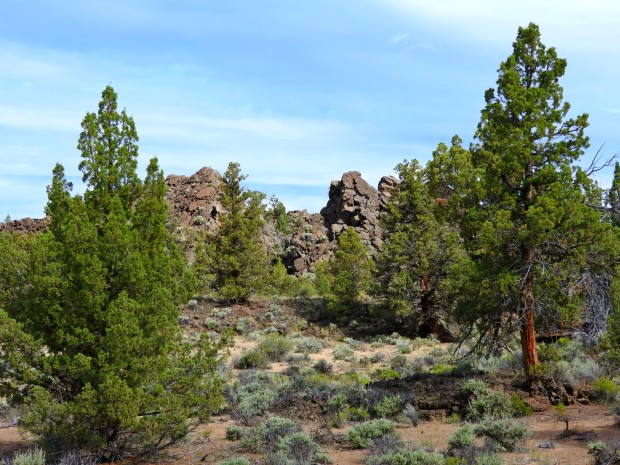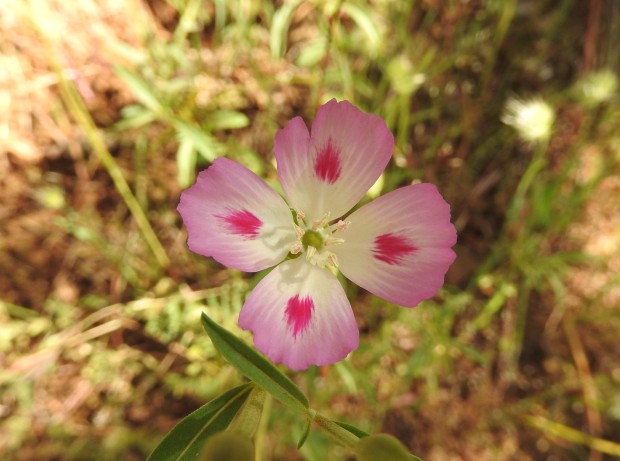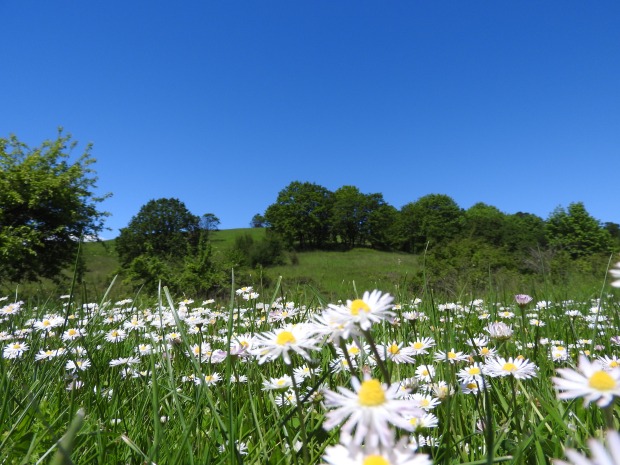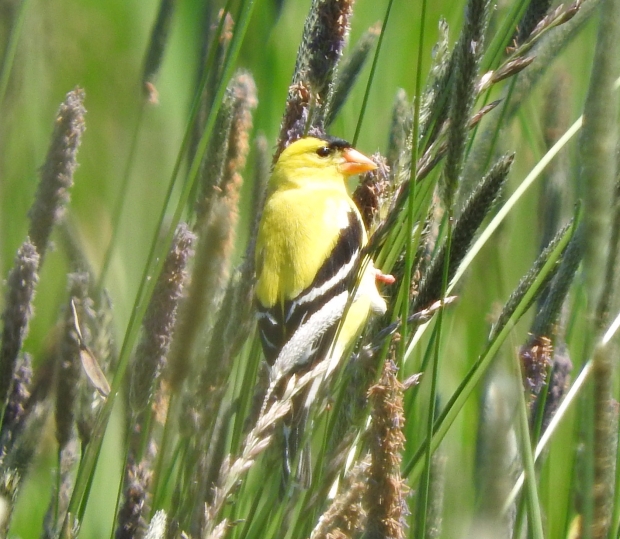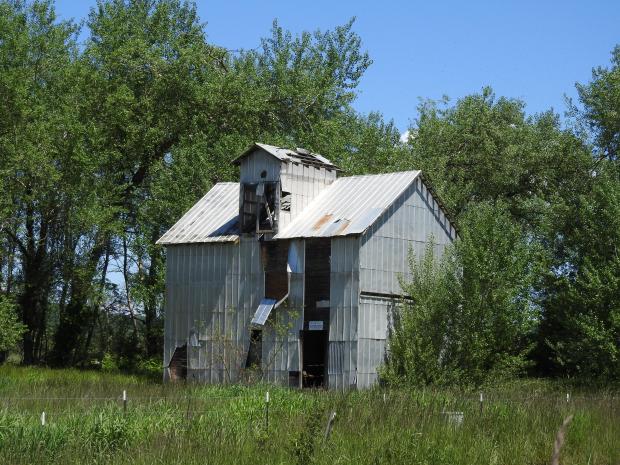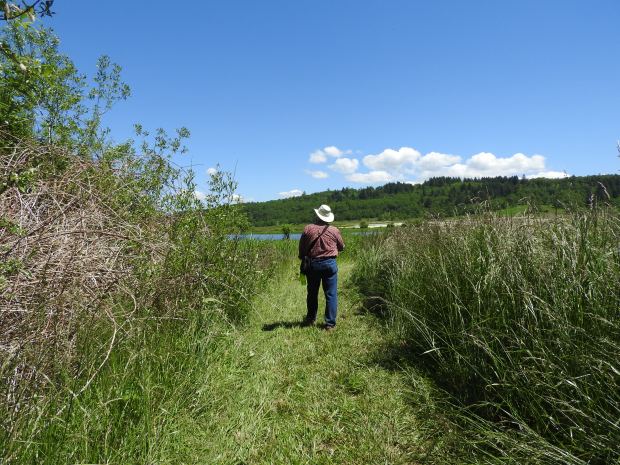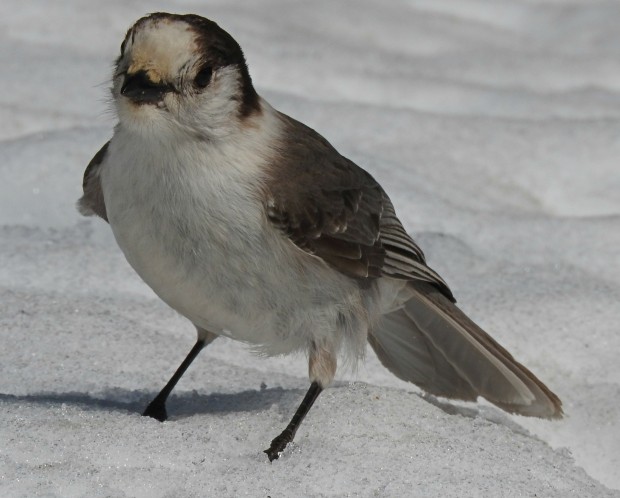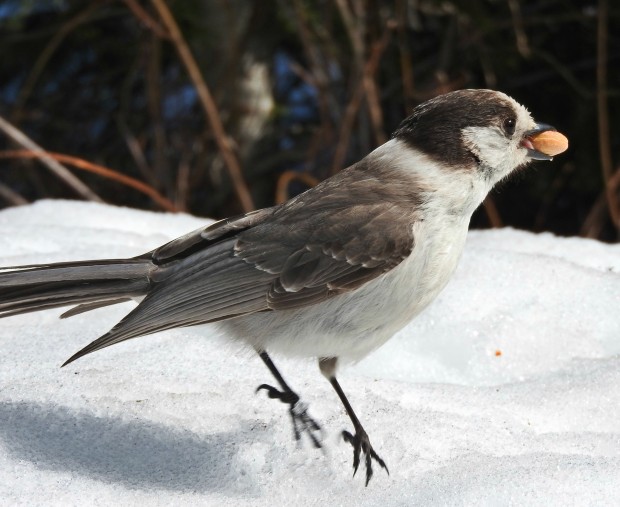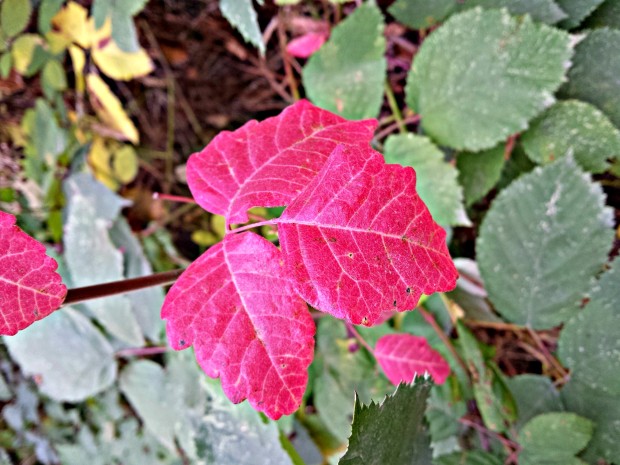Dear WonderingAroundOregon readers:
After three years of wandering and wondering around Oregon, and falling in love with it over and over again at every turn, my time here has come to an end (for now). We’ve moved across the country where we are needed right now, helping family and learning how to be more compassionate and caring people to those we love. I’ve traded basalt and Douglas fir lined hiking trails for quartz and red clay paths shaded by oak-hickory forests.

So, sadly, I will not be posting any more Wondering posts for awhile. But before I go…
I do want to express my deepest condolences for the loss of forests, life, and property that occurred recently as a result of our beloved Columbia River Gorge being set on fire. I am glad I wasn’t there to witness it, but I feel the pain and suffering, just as all of you – the collective lovers and caretakers of Oregon’s wild places – do for the loss of beauty and life. Take solace in knowing that nature is incredibly resilient, and she will come back, in some form that none of us can even begin to predict. Understand that our human time scale and the havoc we seem hell-bent on ravaging upon the land is just a tiny blip in the screen of time and space. This earth will remain, will evolve, will carry on. Nature will always bat last.
I’ve only been back in the south for a month but have already picked muscadine and scuppernong grapes and made jam, as well as – in my grandmother’s words – “put up a mess of” pickled okra. So, I guess I’m re-embracing my southern food roots. I’m eager to explore the woods and wilds here in North Carolina once again,too, and I expect some of that will end up on a blog eventually.
Even though I will not be posting here, I will check and respond to comments and would love to hear from you as you keep exploring Oregon. I invite you to pop over to my Endless Seeker blog, where I will continue to post my #LiveWell2017 series through the end of this year and then, who knows…
So long, Oregon.
Until we meet again…keep wandering and wondering around Oregon.
All my best!
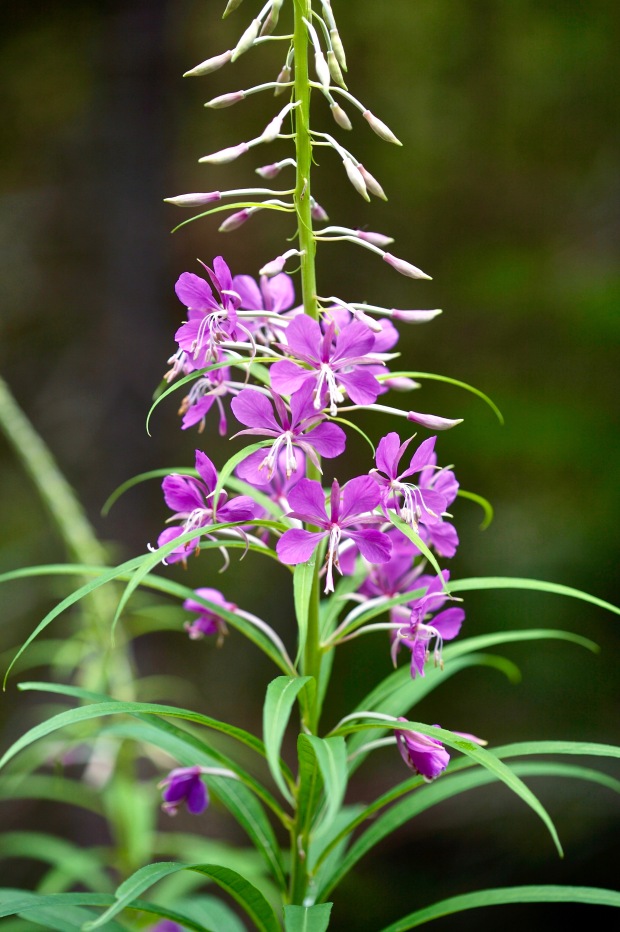
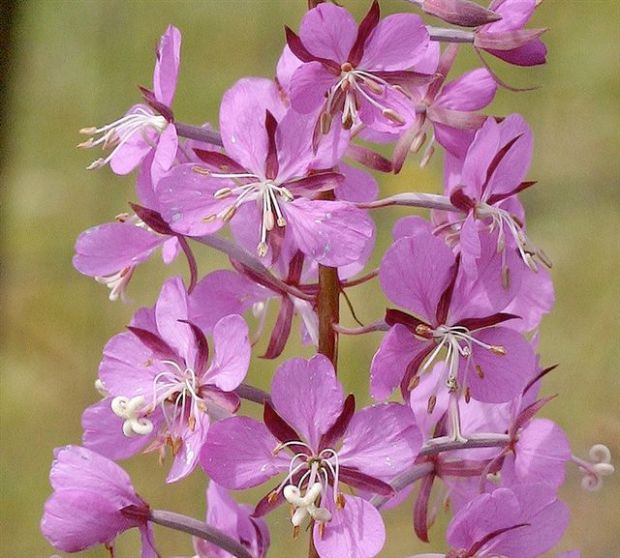

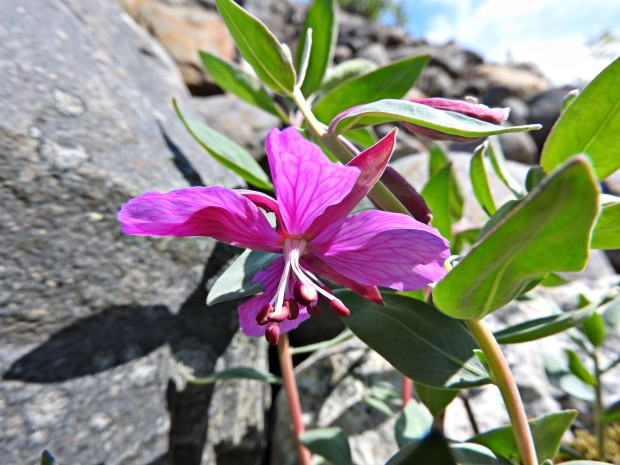



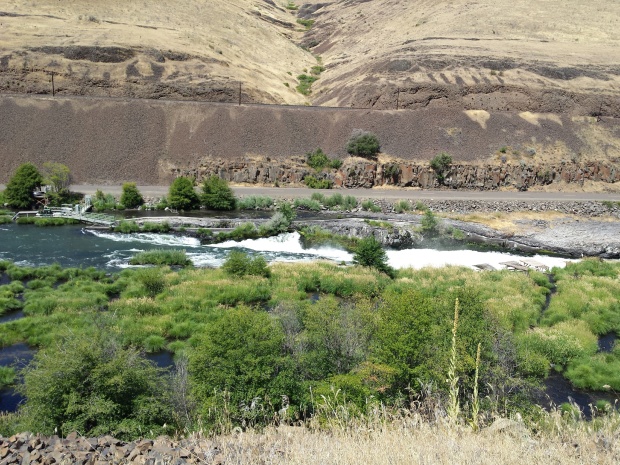




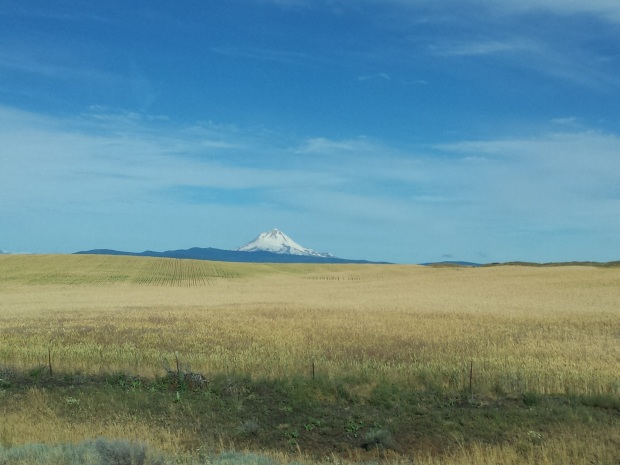
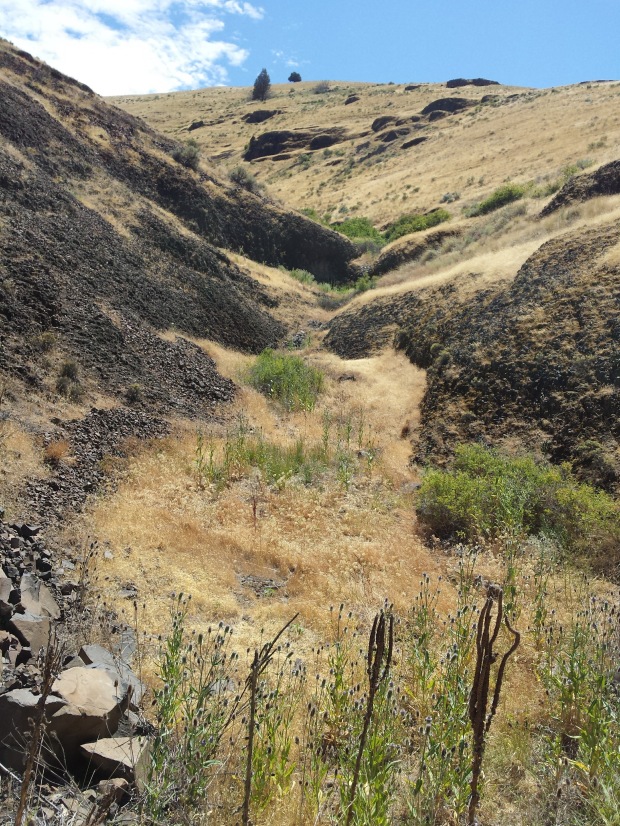



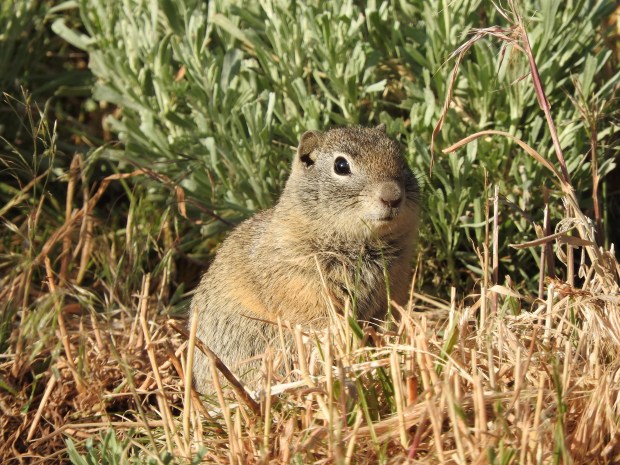

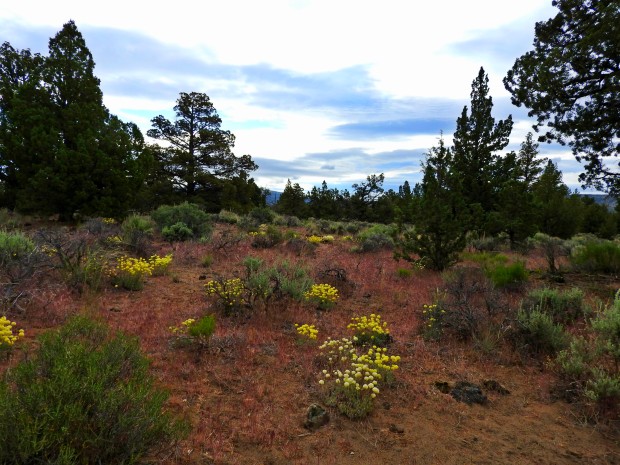 This is the first in a series of posts from our recent trip to central and southeastern Oregon. I’d been wanting to hike the
This is the first in a series of posts from our recent trip to central and southeastern Oregon. I’d been wanting to hike the 









